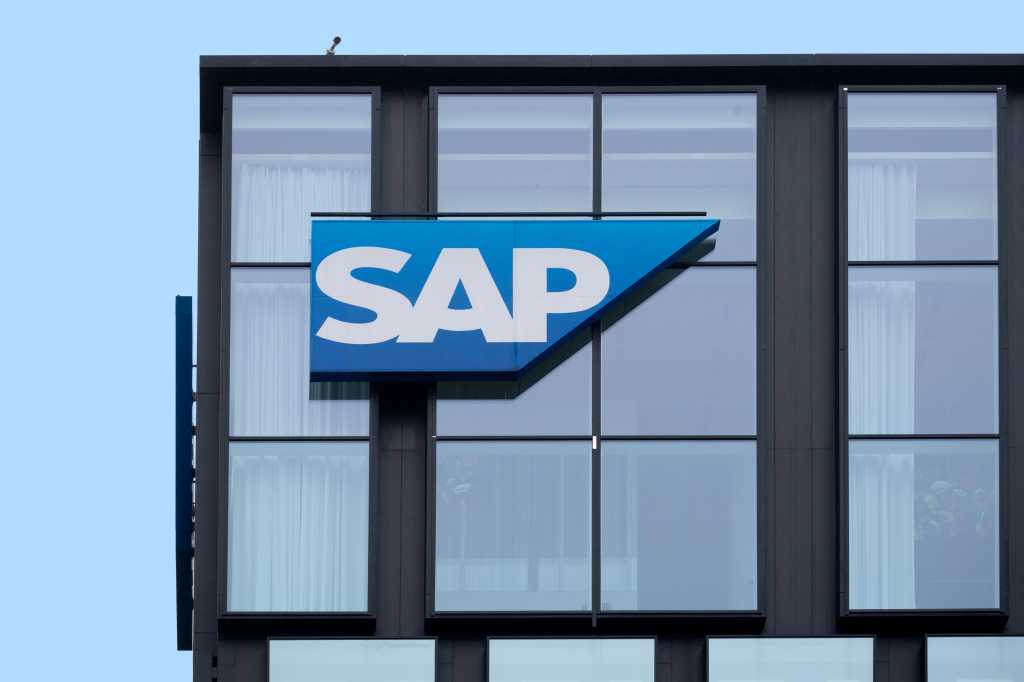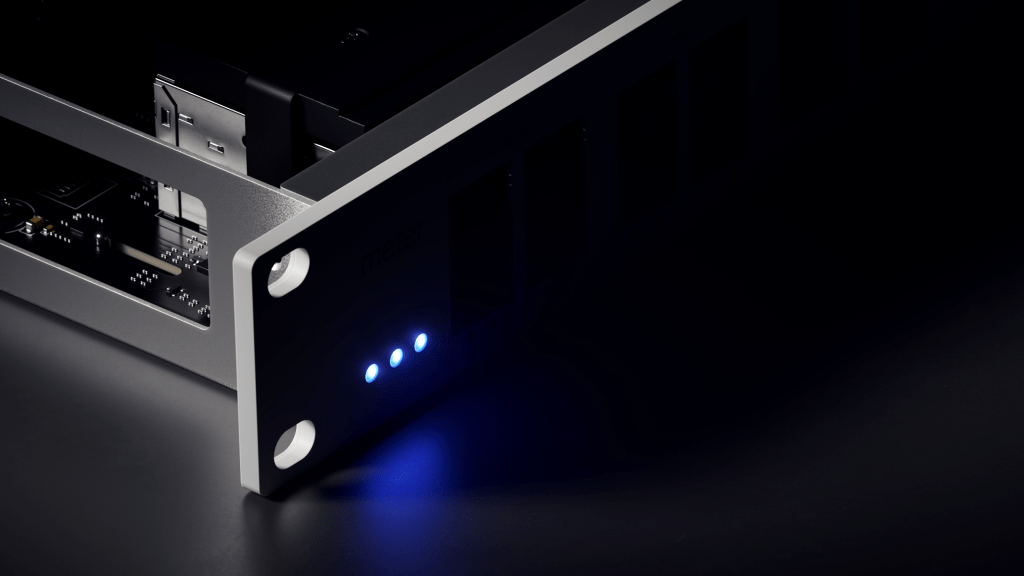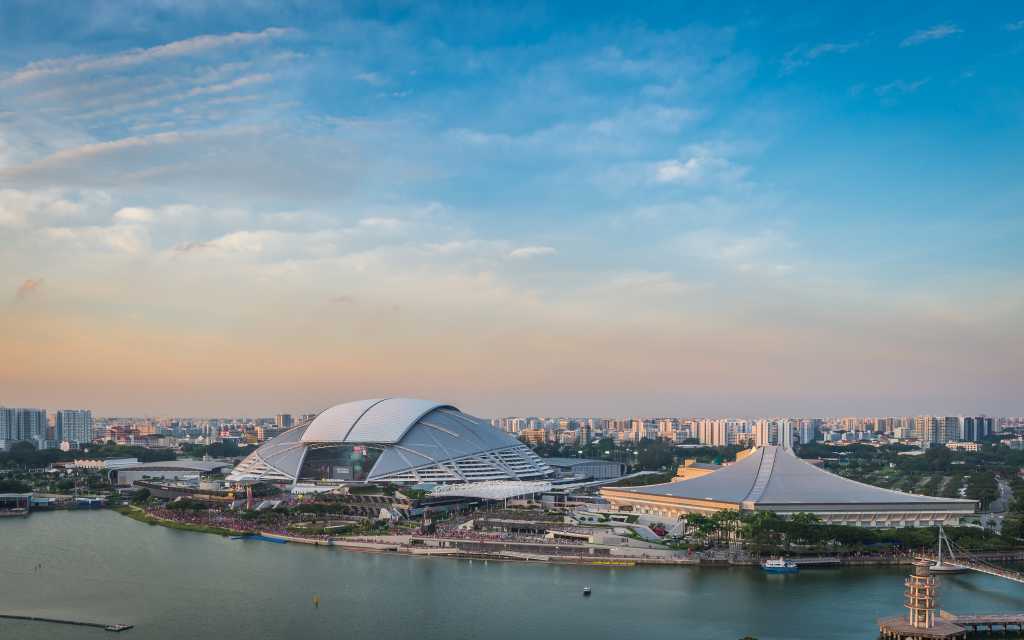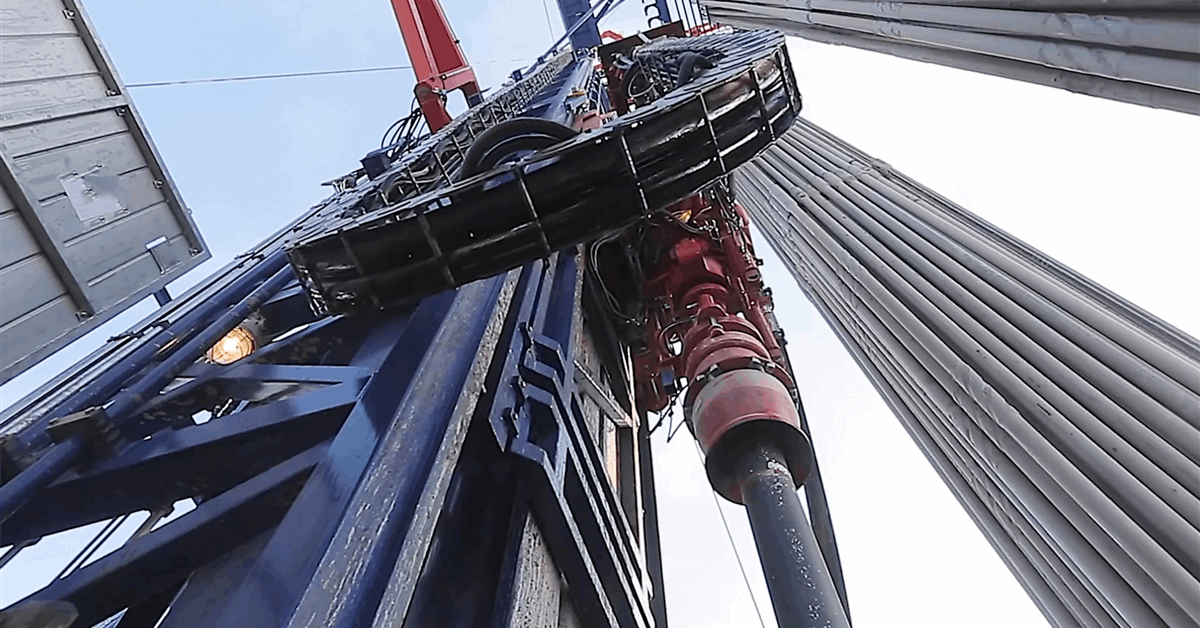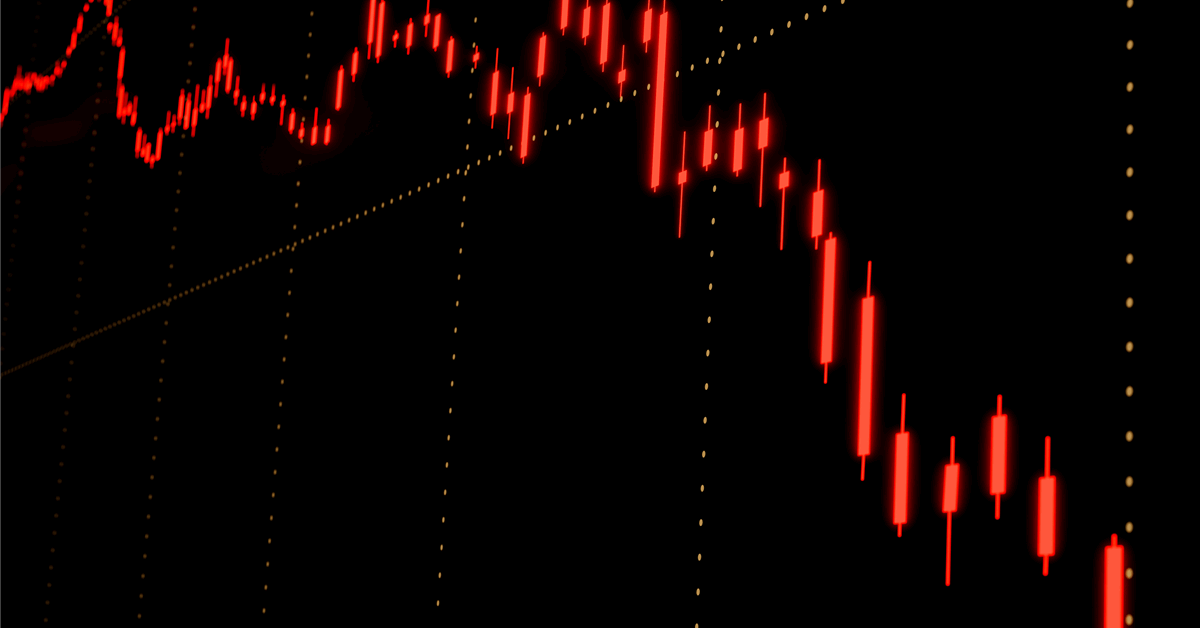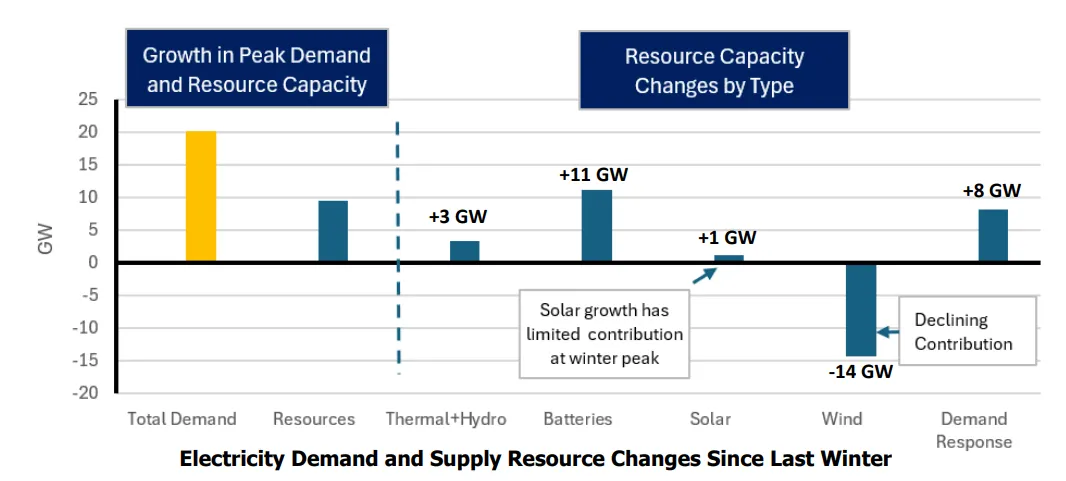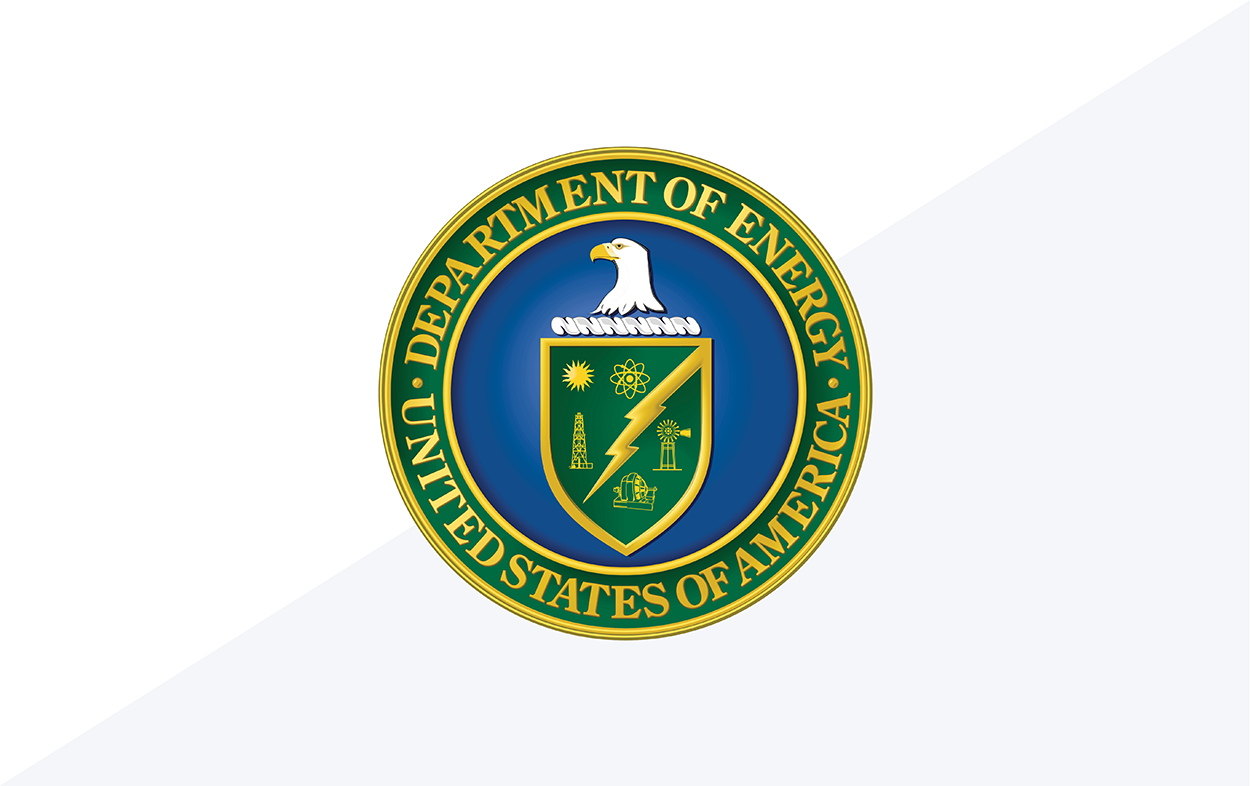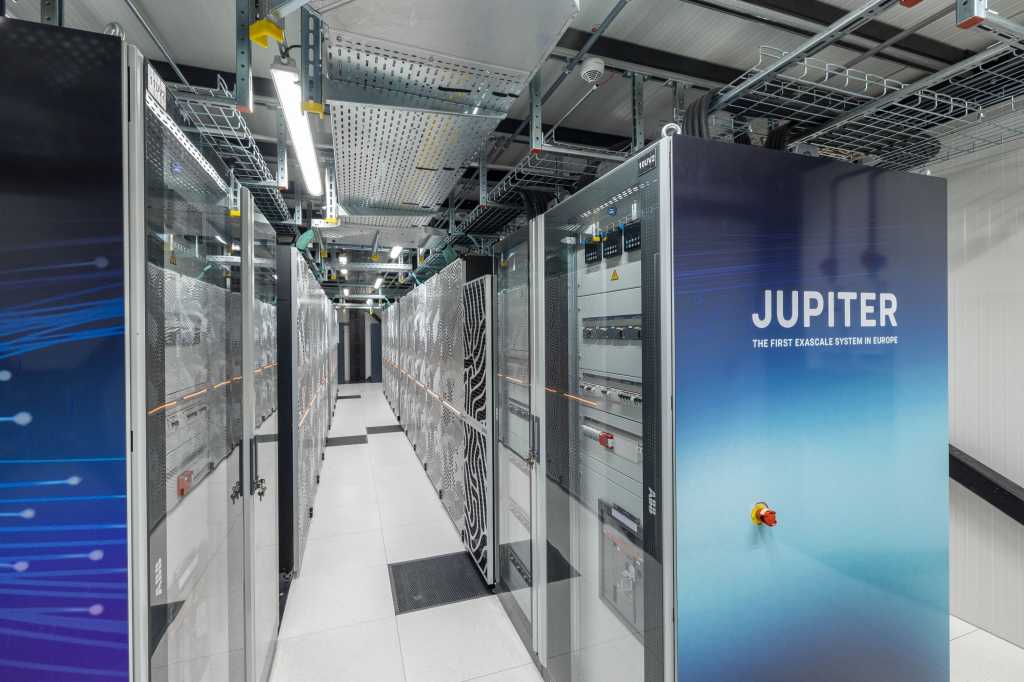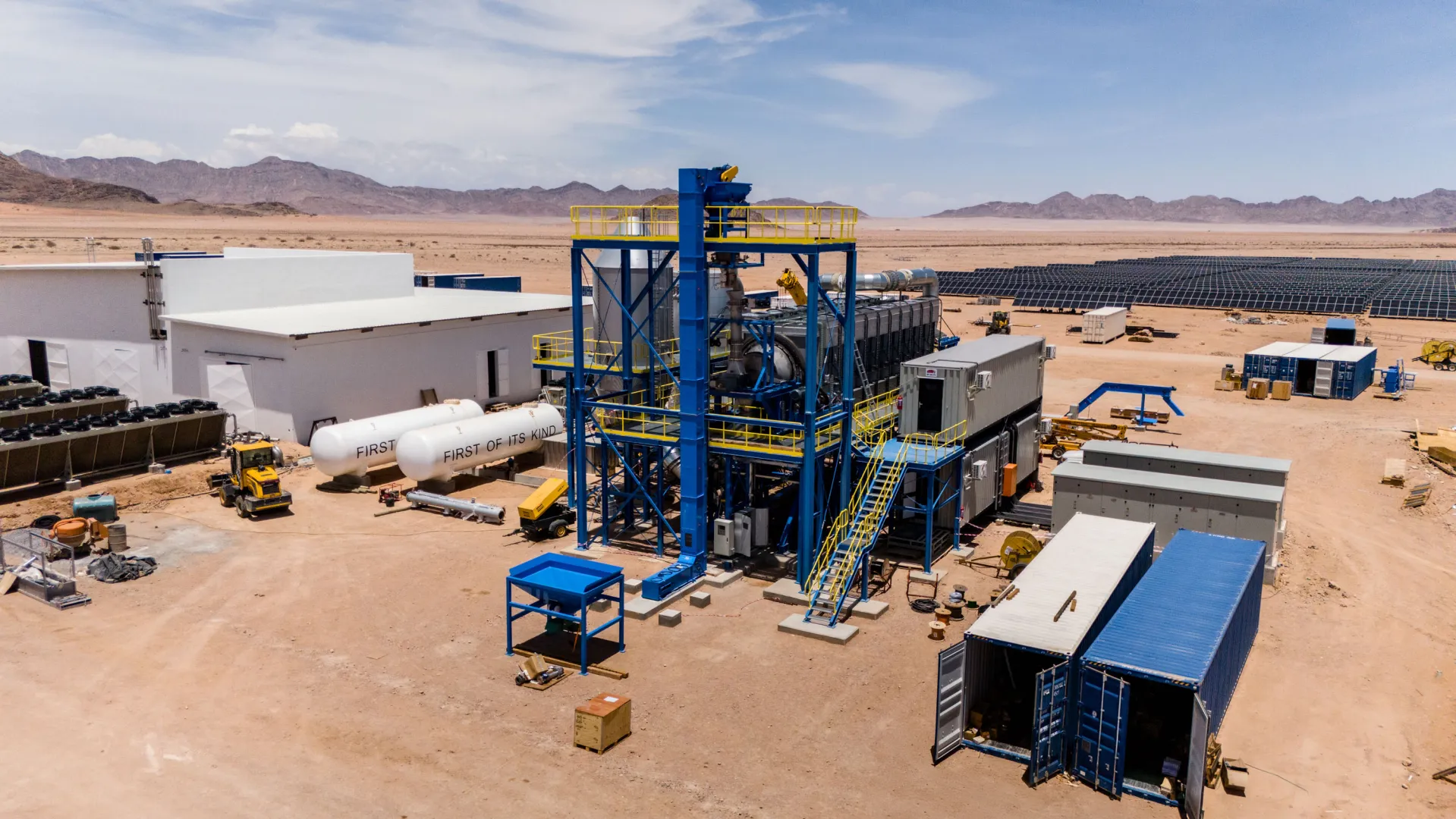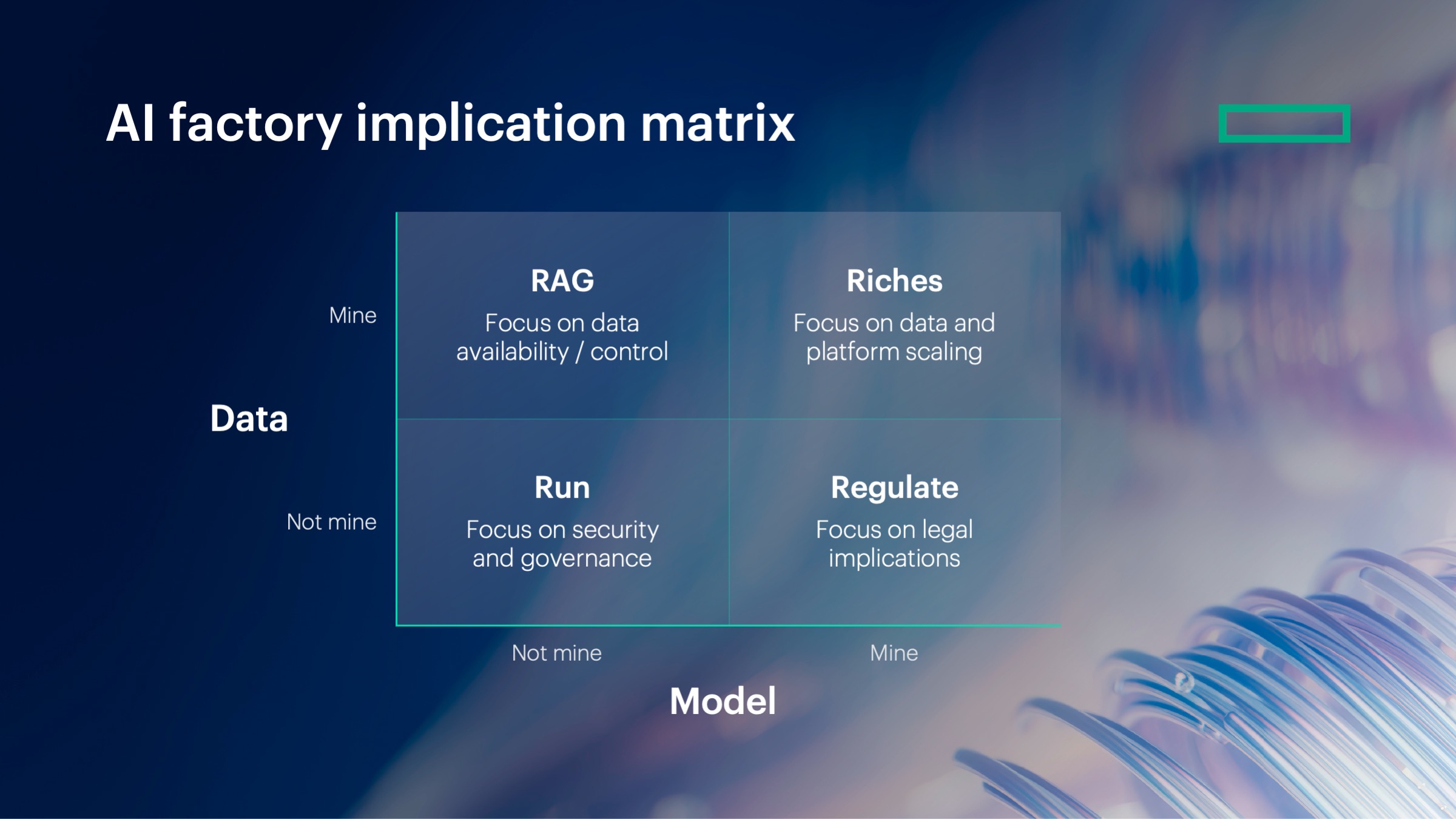
Dozens of workers at the Hammerfest LNG export terminal on the Norwegian island of Melkoya got ill from exposure to vented gas from tanks storing monoethylene glycol (MEG) during the one year to summer 2025, a probe by operator Equinor ASA has revealed.
“We must acknowledge that we should have gone more in-depth to identify the causes when the first incidents of exposure occurred at Melkoya last summer”, Christina Dreetz, Equinor senior vice president for onshore plants, said in an online statement by the majority state-owned company.
“Through measures implemented both during and after the investigation, we now have routines that enable us to manage risk more effectively”.
The statement reported, “During a period of high activity at Hammerfest LNG, from summer 2024 to summer 2025, 37 people sought medical attention on four different occasions and nine people were absent from work following the exposure incidents. Some experienced health issues such as headaches, nausea and dizziness, while others noticed nothing.
“Reactions to vented gas and the associated odor is a cause of the various health issues experienced by personnel, but it is unlikely that the exposure has led to long-term health issues”.
Equinor’s investigation “points to insufficient risk assessment before the project start-up and follow-up as the reason why several incidents occurred during the one-year period”, the statement said.
Equinor found that venting from the tanks housing MEG, a chemical used to prevent hydrate formation in pipelines from the Snohvit field to the liquefaction facility, had been the main cause of the exposure incidents. The tanks are designed so that vented gas consists of nitrogen and water vapor, according to Equinor.
“Changes in the well stream in the MEG tanks or temperature fluctuations have contributed to changes in the composition of the vented gas. This has resulted in odors and, in some cases, discomfort or illness when venting has occurred at the same time as wind has brought the vented gas down to ground level”, the statement said.
“Project activities in area L201 and adjacent areas have led to more people being present in areas where there was previously no activity. Regular sampling of vented gas was not carried out, and the measures implemented after the first exposure incident were not sufficient to prevent recurrence.
“Subsequently, several types of measurements have been carried out to map the gas composition and exposure risk in the area”.
Dreetz said, “The results show that most measurements have generally been low. Measurements of benzene and other volatile organic compounds have been sporadic and short-lived”.
Additionally, “lack of ownership, communication and follow-up of measures between the Snohvit Future project and the operations organization at Hammerfest LNG contributed to the exposure risk not being managed well enough”, Equinor said.
It said, “The measures initiated have had the desired effect. This includes the installation of a temporary filtration solution, improved monitoring, mapping and sampling of vented gas from the MEG tanks, as well as measurement routines at ground level”.
“In addition, introduction programs and instructions for everyone working at the facility have been updated to strengthen the shared safety and reporting culture, and a local health office has been established at Melkoya”, Equinor said.
It said it would forward the probe’s results to the Norwegian Ocean Industry Authority, which is conducting its own investigation.
Hammerfest LNG, which started operations 2007, has an annual LNG production of 4.6 million metric tons, according to Equinor.
To contact the author, email [email protected]
WHAT DO YOU THINK?
Generated by readers, the comments included herein do not reflect the views and opinions of Rigzone. All comments are subject to editorial review. Off-topic, inappropriate or insulting comments will be removed.
MORE FROM THIS AUTHOR

